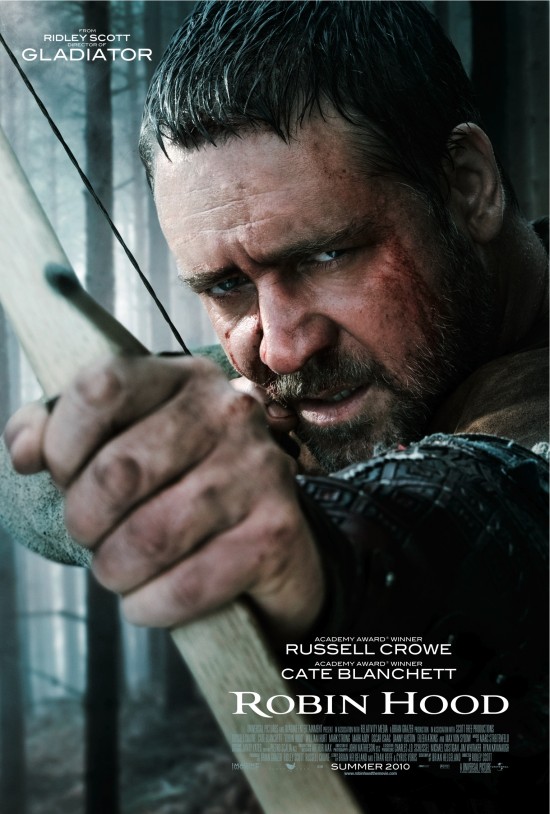 One of the challenges when doing serial television is that the plot always has to move forward. It’s sometimes difficult to put things on hold and explore characters or issues in isolation from the main story arc, especially when the entire premise for a show is based on an overarching plotline. Of course the main draw of serial television is that it always gives viewers something new to look forward to: how will this get resolved? What will happen next? Will they make it out alive? Or, in the case of shows like Lost, there’s always the hope of finding out answers to deep-seeded questions. Battlestar Galactica straddles the line between episodic and standalone, with the constant threat of the Cylons looming like a shadow over the remnants of humanity while single episodes are also devoted to tangents that go deeper into the character side of things. Season 2.5 continues all the threads set forth in Season 2, though in a bit of a departure there are also a couple of episodes that could feasibly stand entirely on their own and have virtually nothing at all to do with the Cylons. It culminates in a two-part finale that throws caution to the wind and takes the series in an entirely new direction altogether, setting up some major changes in the plot for both humans and cylons. In short, Season 2.5 in many ways lives up to the promise of the show when it first started.
One of the challenges when doing serial television is that the plot always has to move forward. It’s sometimes difficult to put things on hold and explore characters or issues in isolation from the main story arc, especially when the entire premise for a show is based on an overarching plotline. Of course the main draw of serial television is that it always gives viewers something new to look forward to: how will this get resolved? What will happen next? Will they make it out alive? Or, in the case of shows like Lost, there’s always the hope of finding out answers to deep-seeded questions. Battlestar Galactica straddles the line between episodic and standalone, with the constant threat of the Cylons looming like a shadow over the remnants of humanity while single episodes are also devoted to tangents that go deeper into the character side of things. Season 2.5 continues all the threads set forth in Season 2, though in a bit of a departure there are also a couple of episodes that could feasibly stand entirely on their own and have virtually nothing at all to do with the Cylons. It culminates in a two-part finale that throws caution to the wind and takes the series in an entirely new direction altogether, setting up some major changes in the plot for both humans and cylons. In short, Season 2.5 in many ways lives up to the promise of the show when it first started.
In typical Battlestar Galactica fasion, things start to go bad pretty quickly after the reunion of the Pegasus and the rest of the fleet at the end of Season 2.0. Power struggles, military coups, and strained relationships are the name of the game as the fleet struggles to deal with a change of leadership and shifting political alliances among the various fleet ships.  This kind of political intrigue is actually one of the best things about the show, as a constant theme of fallibility is reiterated throughout several episodes.  Leaders, even the venerable Commander Adama, make mistakes even when they think they are doing the right thing, and it often costs valuable resources or even human lives.  This sets Battlestar Galactica apart from other science fiction shows in that actions have very real and lasting consequences, not neat little bows that are perfectly tied up at the end of each episode.  A couple of prominent characters meet their end in Season 2.5, and their loss does not come across as a cheap ploy to up the dramatic tension but seems like the natural result in a series of tough choices made by them or others around them.
One of my earlier criticisms of the show was that it often focused more on shock-and-awe rather than exploring characters and human issues, and a great many strides are taken to rectify this in Season 2.5. One particular episode, Black Market, explores some particularly heavy issues for Apollo as he comes to realize some harsh truths about the unvarnished side of humanity that flourishes even in the ragtag collection of spaceships and traders all struggling to survive.  Echoes of desegregation struggles and present-day cultural tensions are brought to light as well through the fleet’s struggle to accept Sharon, a cylon who becomes increasingly integral to the human remnant. There’s even an episode titled Scar that sheds an entirely new light on the cylons when we discover that even though they are essentially programmed computers, they have personalities and even the flying ship drones might be far more human-like than was previously thought.  Of course there are still what seem like requisite soap opera storylines with various characters hooking up, getting jealous, and retaliating, but thankfully these are severely toned down.
The series culminates in what is easily the most dramatic departure for the show yet, and the final two-part episode brings some incredible changes to the Battlestar Galactica we have grown to know so well. And it’s a good thing too, since the cylons-hunting-humans storyline begins to wear a little thin. Â As I mentioned earlier, this is one of the problems with this kind of premise since things continually point to a culmination or climax, but should that point ever be reached the show itself might cease to have a reason for existing. Â And the drastic change of events at the end of season 2.5 is somewhat of a bellwether for the show as a whole, keeping enough of the former storyline intact while allowing for sweeping changes in order to keep things fresh and new at the same time.
Rating:[Rating:4/5]


















